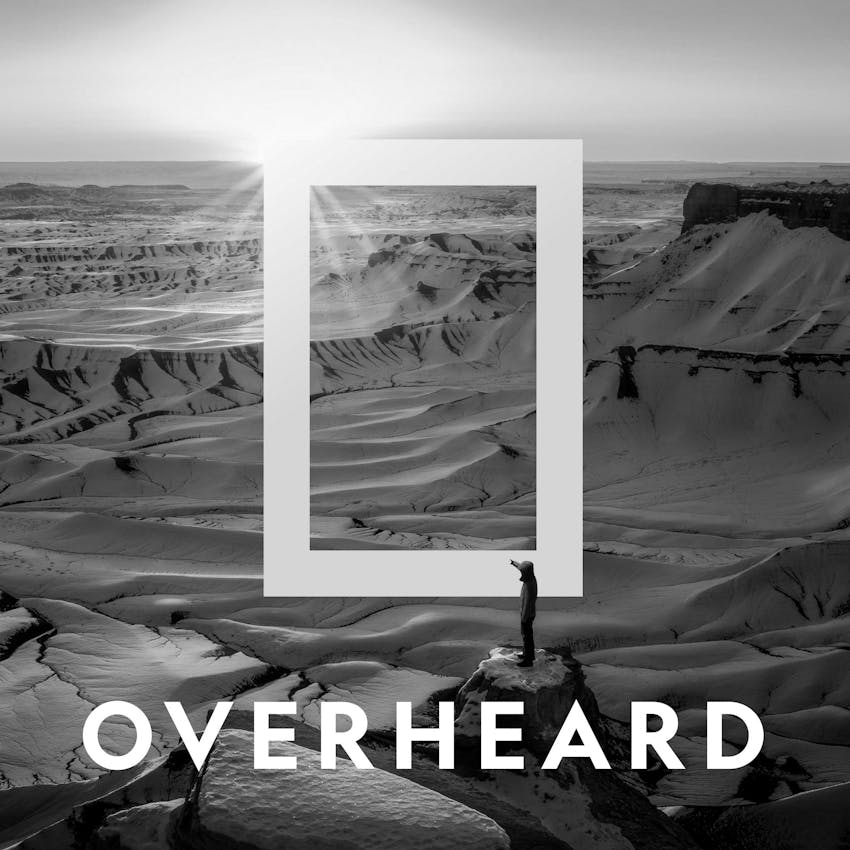32 minutes |
Jul 11, 2023
Trapped in the icy waters of the Northwest Passage
26 minutes |
Jul 4, 2023
Playback: Modern Lives, Ancient Caves
29 minutes |
Jun 27, 2023
Playback: This Indigenous Practice Fights Fire with Fire
43 minutes |
Jun 20, 2023
Playback: Rooting, from Into the Depths
27 minutes |
Jun 13, 2023
Playback: Ancient Orchestra
25 minutes |
Jun 6, 2023
Playback: A Skeptic's Guide to Loving Bats
32 minutes |
May 30, 2023
How queer identity shapes Nat Geo Explorers
25 minutes |
May 23, 2023
A Mexican Wolf Pup’s Journey into the Wild
23 minutes |
May 16, 2023
Playback: Deep Inside the First Wilderness
35 minutes |
May 9, 2023
She Sails the Seas Without Maps or Compasses
30 minutes |
May 2, 2023
How Anne Frank’s Diary Survived
19 minutes |
Apr 25, 2023
The Dark Reality Behind India’s Festival Elephants
27 minutes |
Apr 18, 2023
What Will it Take to Save the Savanna Elephant?
26 minutes |
Apr 11, 2023
The Woman Who Knows What Elephants Are Saying
31 minutes |
Apr 4, 2023
Exploring Ramadan and Earthlike Exoplanets
28 minutes |
Mar 28, 2023
From the Frontlines to the Shorelines
27 minutes |
Mar 21, 2023
Can You Picture That? This Photographer Can and Does
24 minutes |
Mar 14, 2023
Scenes from Nigeria's Baby Boom
27 minutes |
Mar 7, 2023
What Women in China Want
38 minutes |
Feb 28, 2023
The Soul of Music: Meklit Hadero tells stories of migration

